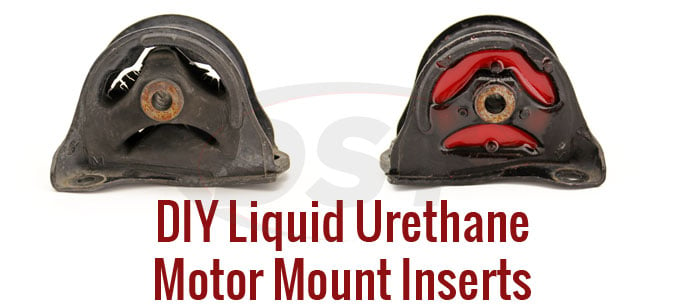Maybe yes, maybe no. This (part number syntax speculation) was discussed on and off here.No selection for year when you pick model 3 there, but there is only 1 rear subframe listed: 1044580-00-D does the D imply there have been some interations? Maybe they improved those bushings in 2021
It's common in the automotive industry (and ont only) to use similar/same part numbers with a different upticked suffix to not just differentiate between hardware revisions, but also for their own logistical or internal reporting reasons a. supplier, source factory changes b. sub-contractor changes c. sub-assembly color or material changes.
Where a b c may not and often do not constitute an actual updated/upgraded , revised part.




